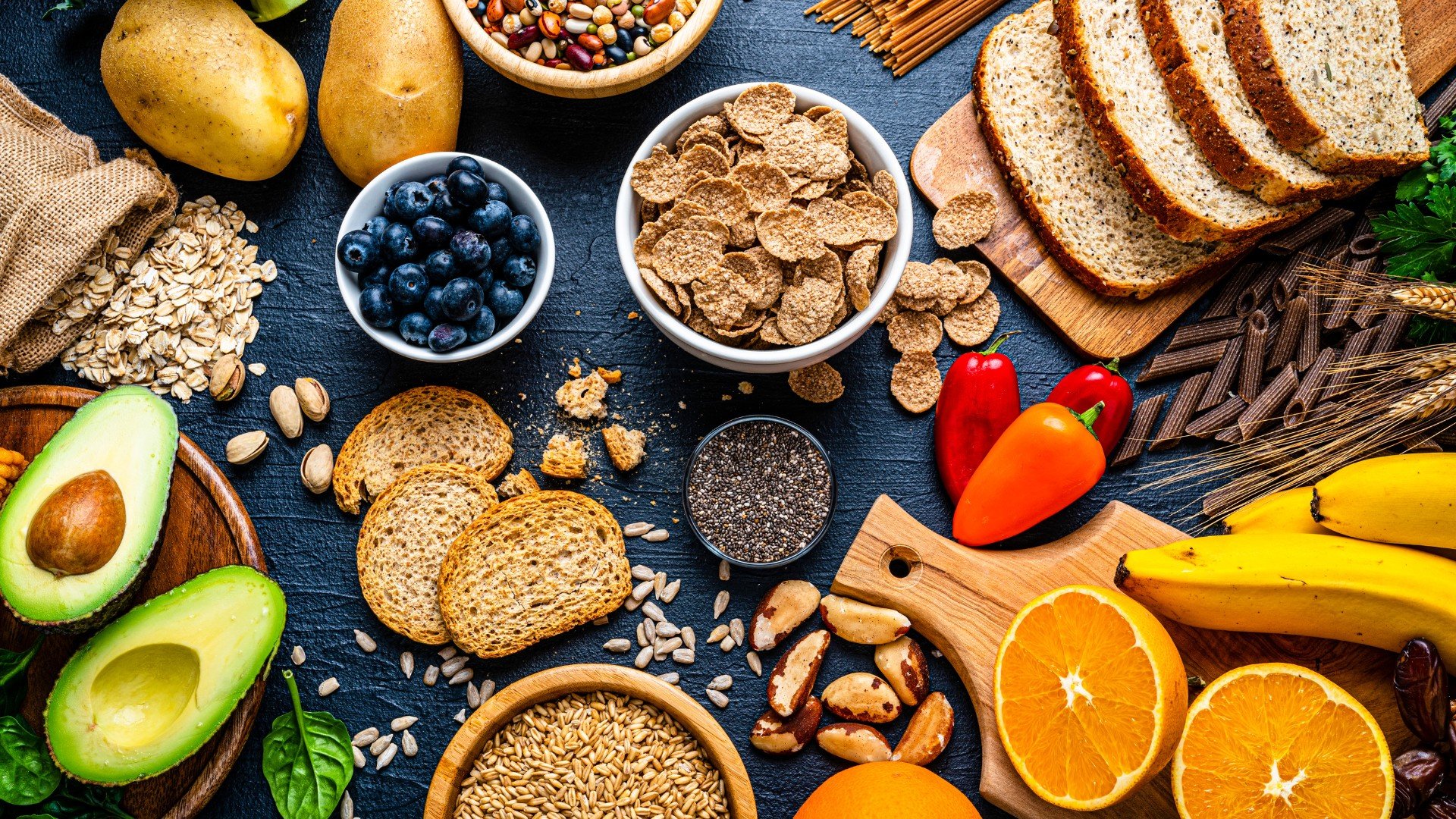Fiber, Worthless or Worthwhile?
Fiber has a lot of interesting variables that come along with it. If you haven't heard some of the claims made, here are a few that really peak deeper dives:
“Fiber is indigestible by the human body, therefore making it worthless”
“Fiber causes stomach inflammation, gas, and bloating”
“Fiber sabotages other nutrients from being absorbed in the body”
Let’s break down why all of these things are a load of horse shit.
First off, just because fiber isn’t digested the same way protein, carbs, and fats are doesn’t make it worthless. That’s like saying your car’s brakes are useless because they don’t make the car move forward. Fiber has its own job. Soluble fiber slows digestion and keeps blood sugar steady, while insoluble fiber gives bulk to your stool and helps everything move through the pipeline. Both play huge roles in long-term health, especially when it comes to gut function and heart health.
Yes, fiber can cause bloating and gas, especially if you go from eating none to hammering down 40 grams a day. But that’s not fiber being bad, that’s your gut bacteria actually doing their job. They ferment certain fibers into short-chain fatty acids, which are literal fuel for the cells lining your colon. The gas is a byproduct of something good happening, and your gut usually adapts over time. So remember, slowly increase the intake by 10% from your normal, so this doesn’t get out of hand!
The idea that fiber sabotages nutrient absorption is cherry-picked from very specific studies. Some fibers bind small amounts of minerals like calcium or iron, but in a normal diet it’s negligible compared to the benefits. By keeping digestion healthy, fiber actually helps nutrients get where they need to go instead of rotting in your gut.
So instead of framing fiber as this evil, bloating anti-nutrient, we should look at it for what it is: a tool. It helps regulate digestion, supports gut health, and even plays a role in satiety, that feeling of fullness that keeps you from diving face-first into a bag of chips.
Here’s what to aim for:
Daily Fiber Targets
Women: 21–25 g
Men: 30–38 g
Most people are only hitting ~15 g
Easy Ways to Hit Your Goal
Add a piece of fruit or berries with breakfast
Swap white bread/pasta for whole grain
Throw beans or lentils into soups, salads, or bowls
Sprinkle chia or flax seeds into yogurt, oats, or smoothies
Use veggies as sides at every meal instead of just at dinner
Snack on nuts or air-popped popcorn
Consistently layering in these foods is how you close the fiber gap without overthinking it.
Not a doctor, but just a strong promoter of Big-Fiber. Best of luck!

